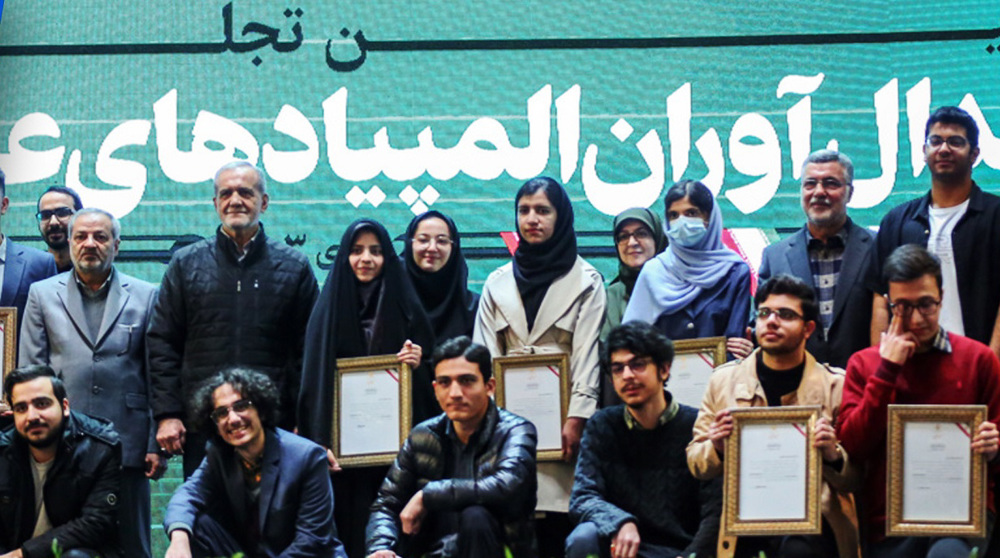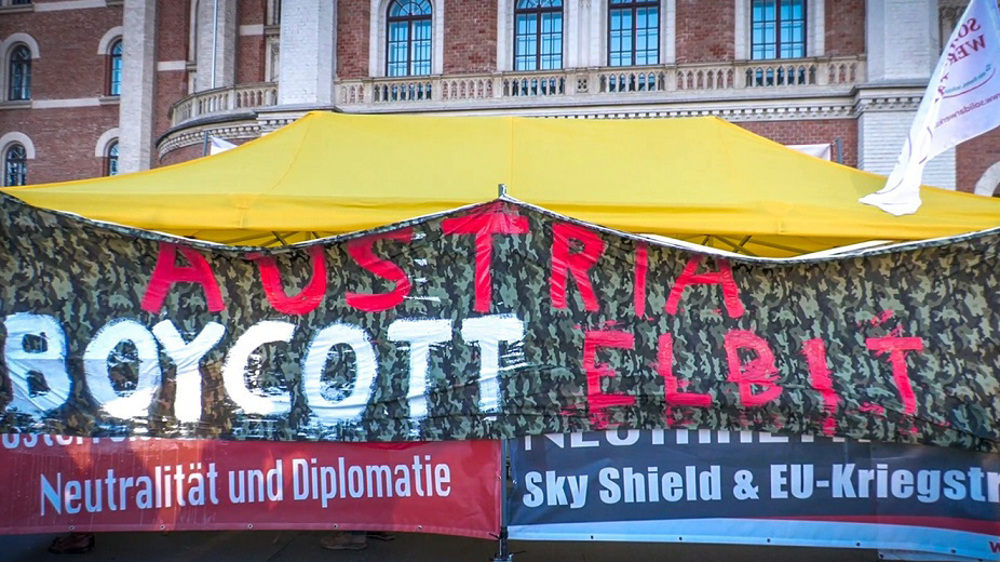India hijab row sparks rise in sale of Islamic clothing
Munawar Zaman
Press TV, New Delhi
In the crowded and bustling lane of the south Delhi suburbs, it’s a carnival here every day. People flock to this market every evening to buy everything a central market can offer. With lanes and by-lanes across the street, this is a shopping heaven among local Muslims. Zaid a local shopkeeper says this market is very popular, especially among women and in demand these days are Islamic outfits of the latest designs.
Outfits such as abayas and hijabs, prayer outfits, burkha and naqaab, thobes and jubbas and sportswear are rending.
Shagufta, a student, says it’s not all about hijab, but it’s about my choice to wear hijab. She says rather than politicians indulging in matters of Muslims that fetches vote, why don’t they stop hate crimes, lynching and bulldozing Muslim homes. Anti-Islamic elements want to show to the world that Islam is about oppressing women, but in reality it’s about protecting women, safeguarding women and treating them with utmost dignity.
Based on reports and market evaluations, Islamic clothing market will see a massive growth by 2028. Many brands are in line for manufacturing the latest trending Islamic clothing.
Many women I spoke with believe that the hijab row is nothing more than a political stunt ahead of the incoming elections. They say political parties are now looking to exploit such issues to galvanize people into voting for them.
In recent months, a ban on Islamic headscarves or hijab in southern India has outraged the Muslim community, saying it’s an outright attack on their faith or choice, which the constitution has guaranteed to safeguard. Observers say anti-Muslim rhetoric has flared more aggressively since the ruling BJP grabbed power in 2014. They say most elections in India since 2014 have been overly polarized and the religious divide has been the trump card used to garner votes and win elections.
At least 19 Gazans killed by Israeli airstrikes since dawn: Medics
Leader: Iran neither has nor needs proxy forces
US fighter aircraft shot down ‘in friendly fire’ amid aggression on Yemen
Yemeni FM: Israel’s sponsors accountable for ongoing aggression on Sana’a
Eight Palestinians killed as Israel attacks Gaza school, hospitals
VIDEO | Rome, Milan host new protests in solidarity with Palestinians
Dec. 21: ‘Axis of Resistance’ operations against Israeli occupation
Spain jurists demand ties with Israel ties be cut









 This makes it easy to access the Press TV website
This makes it easy to access the Press TV website